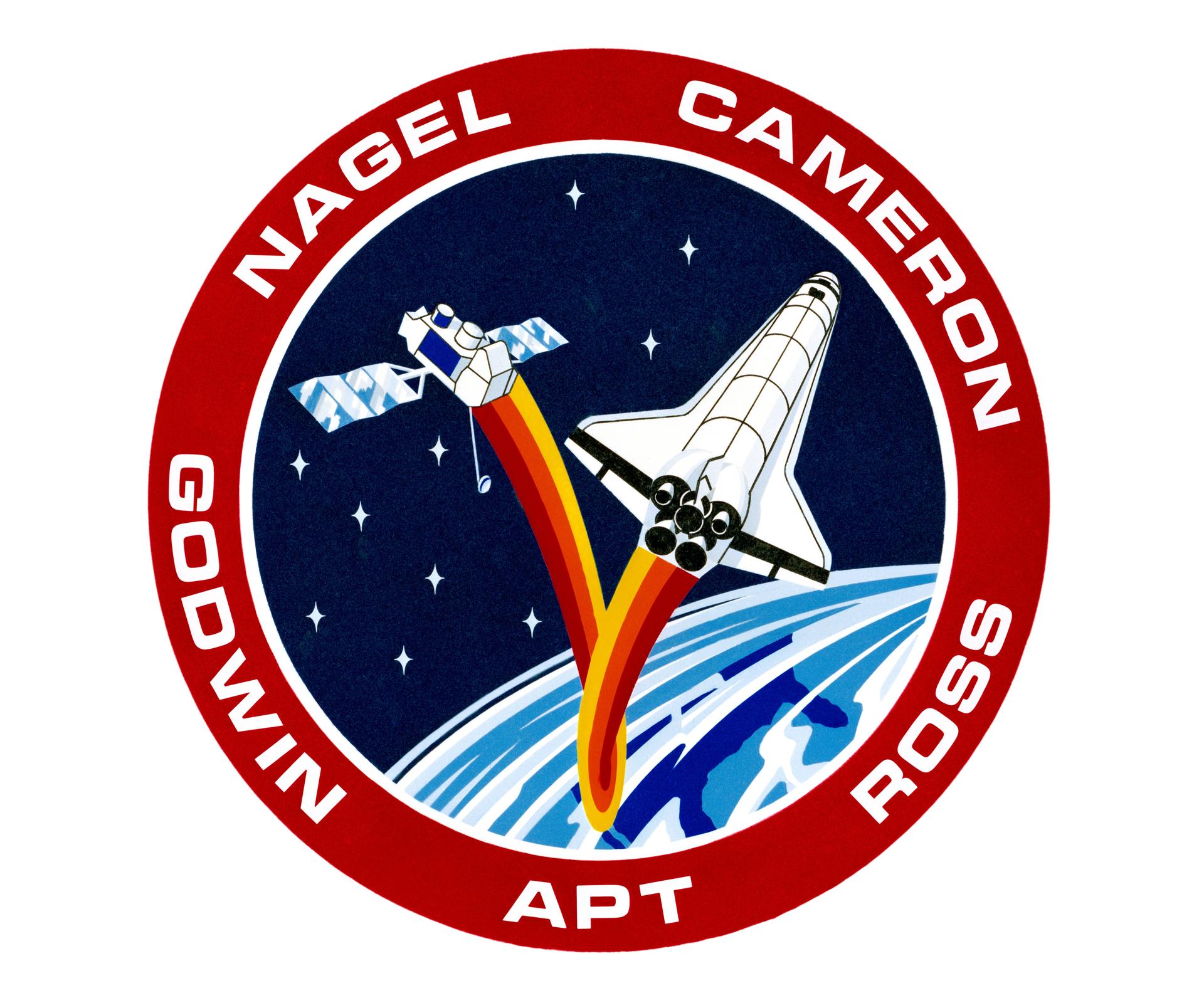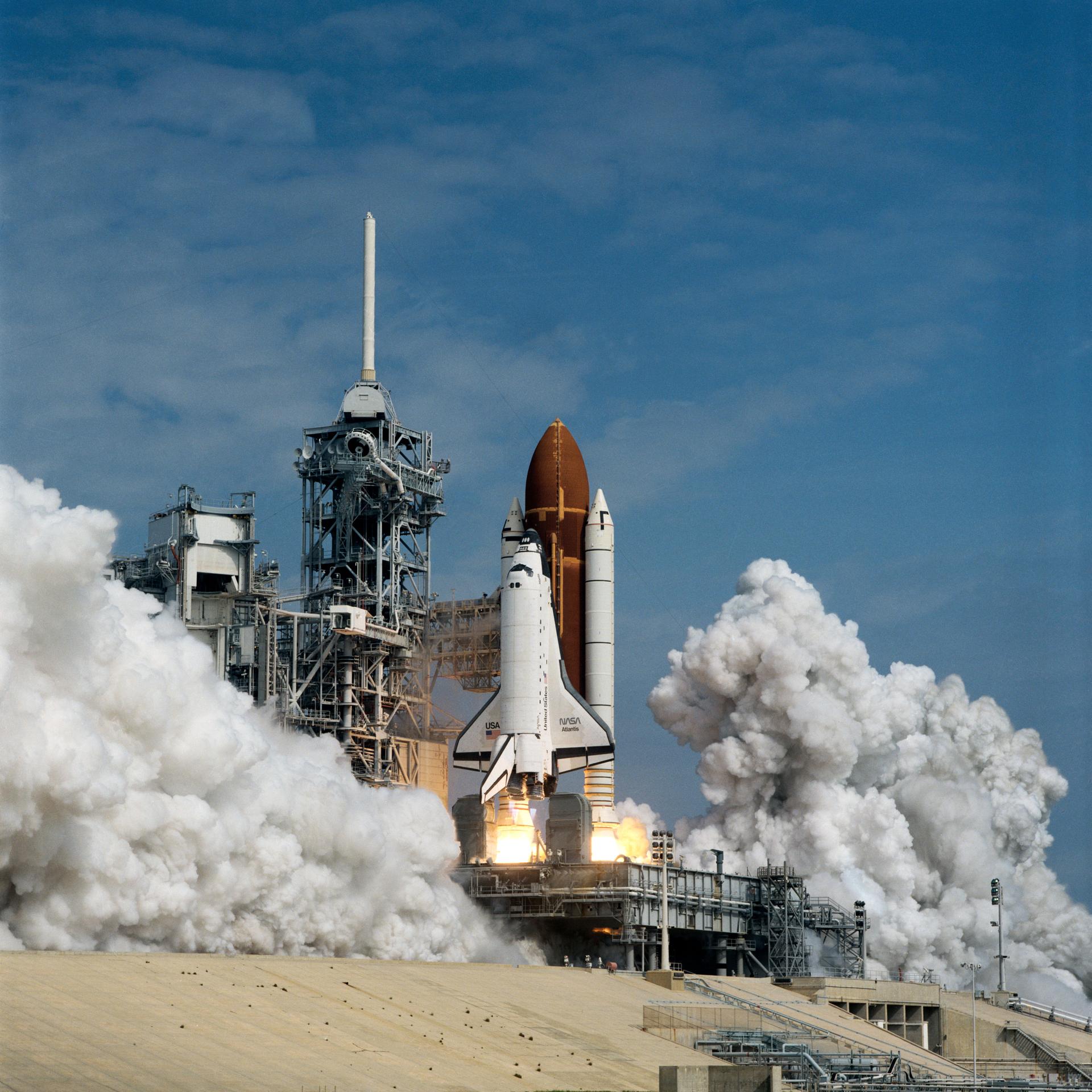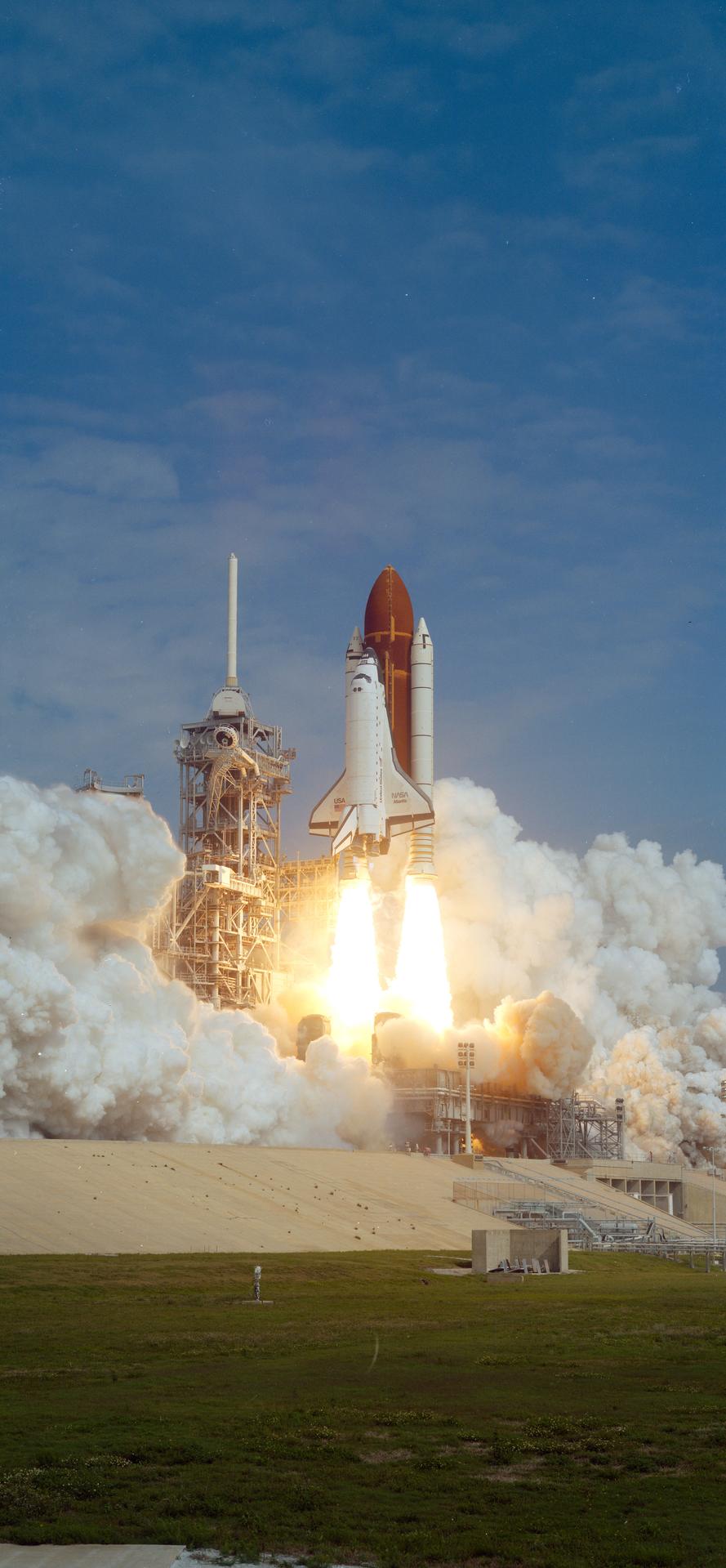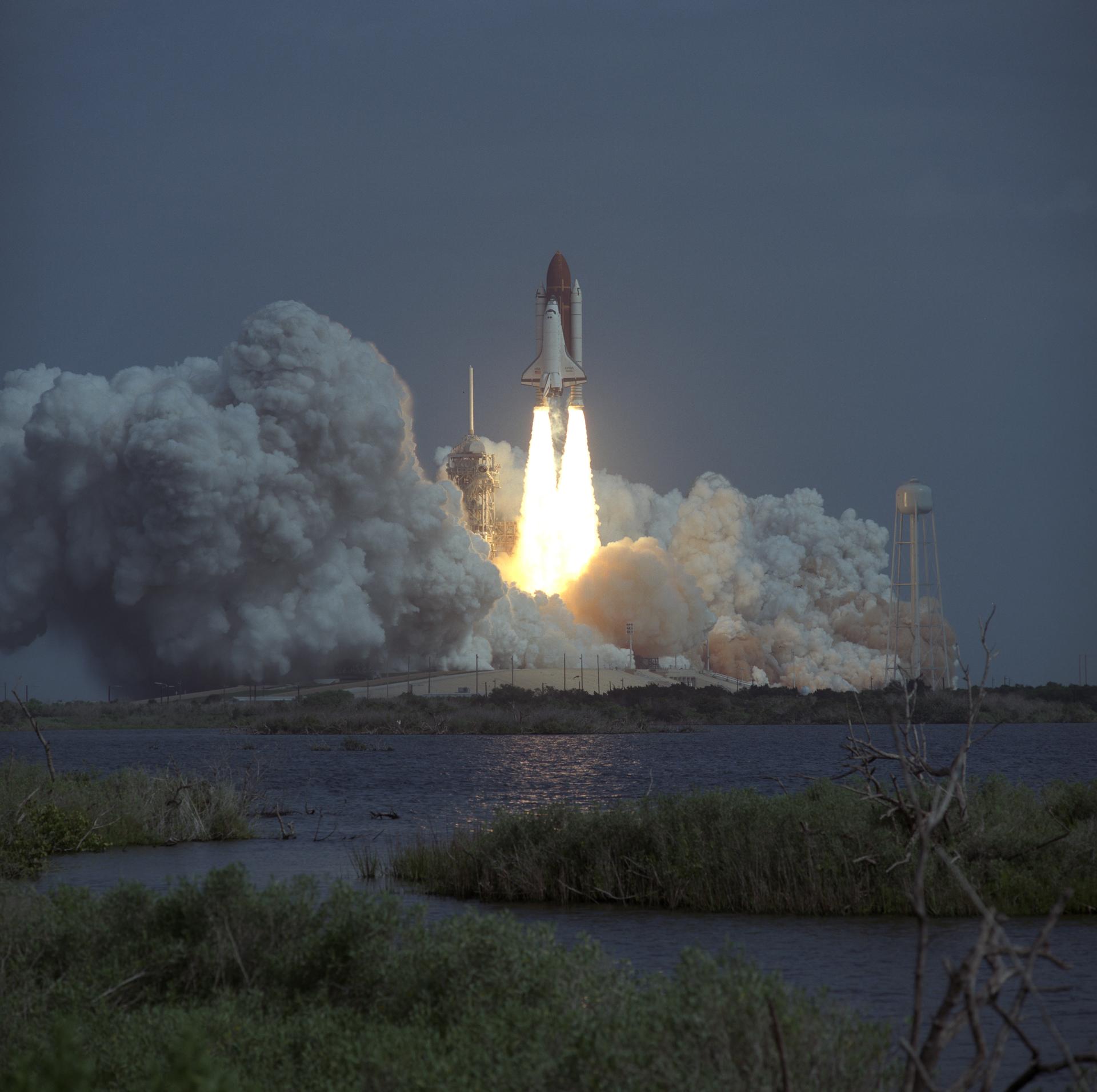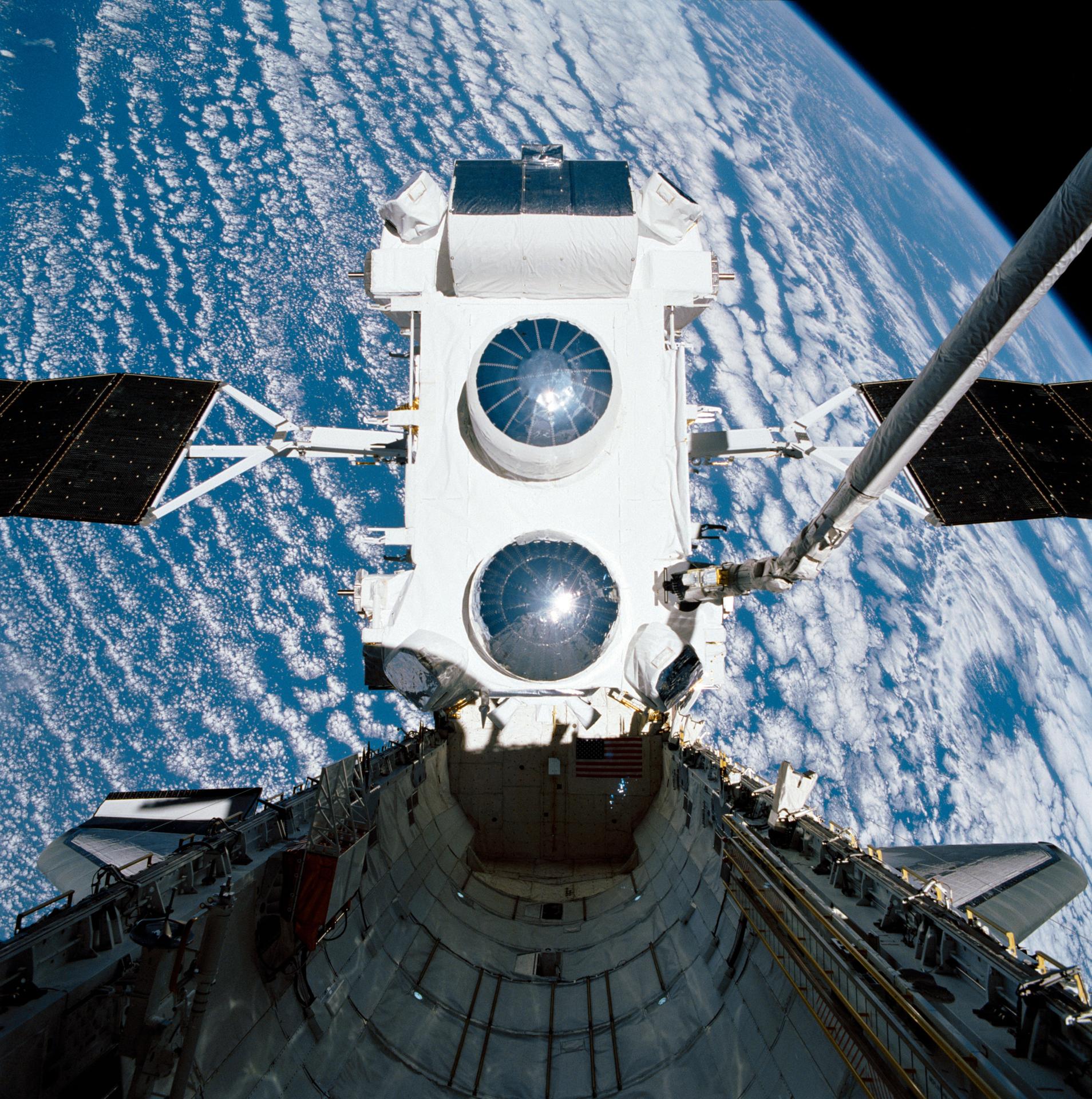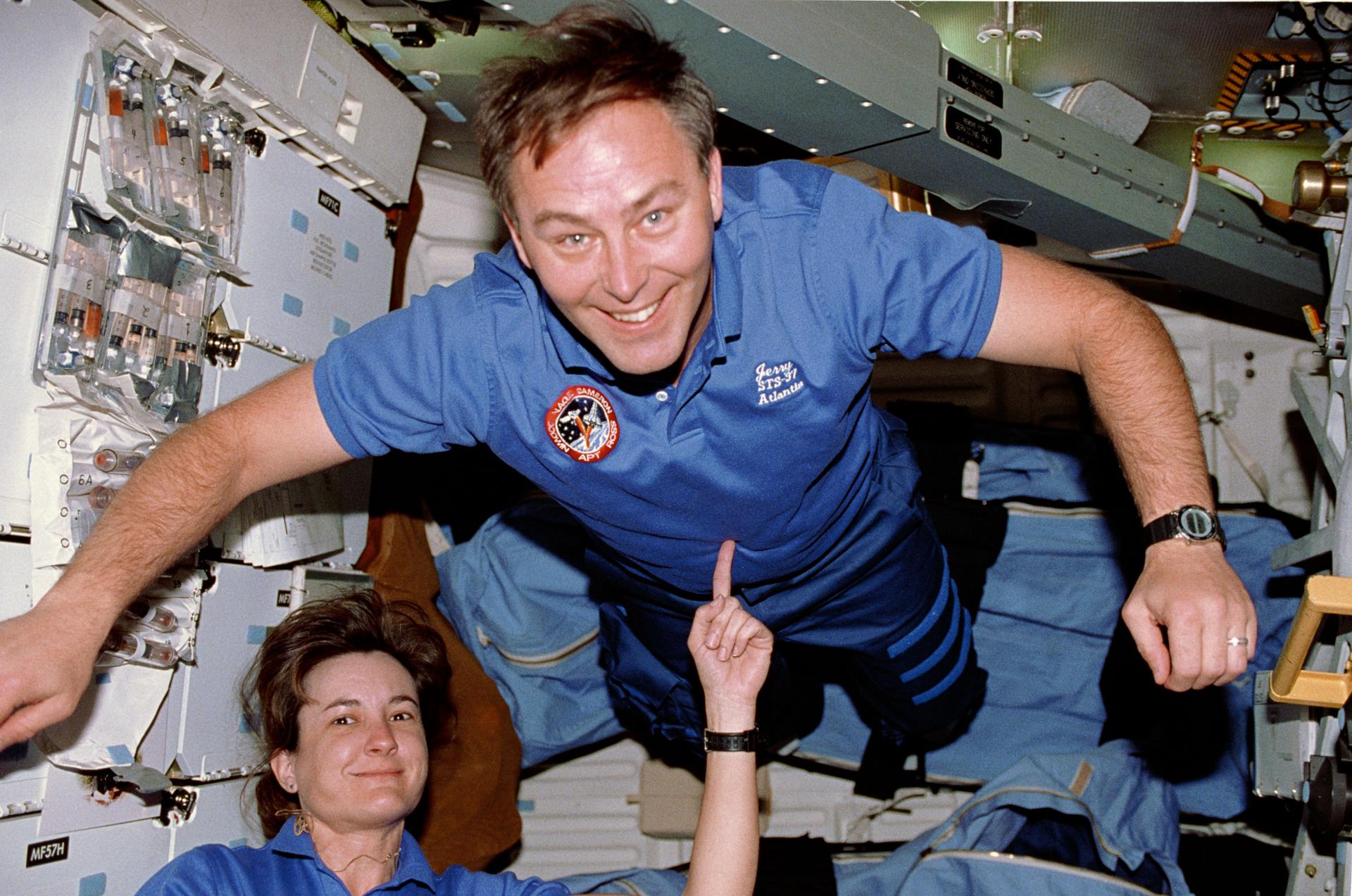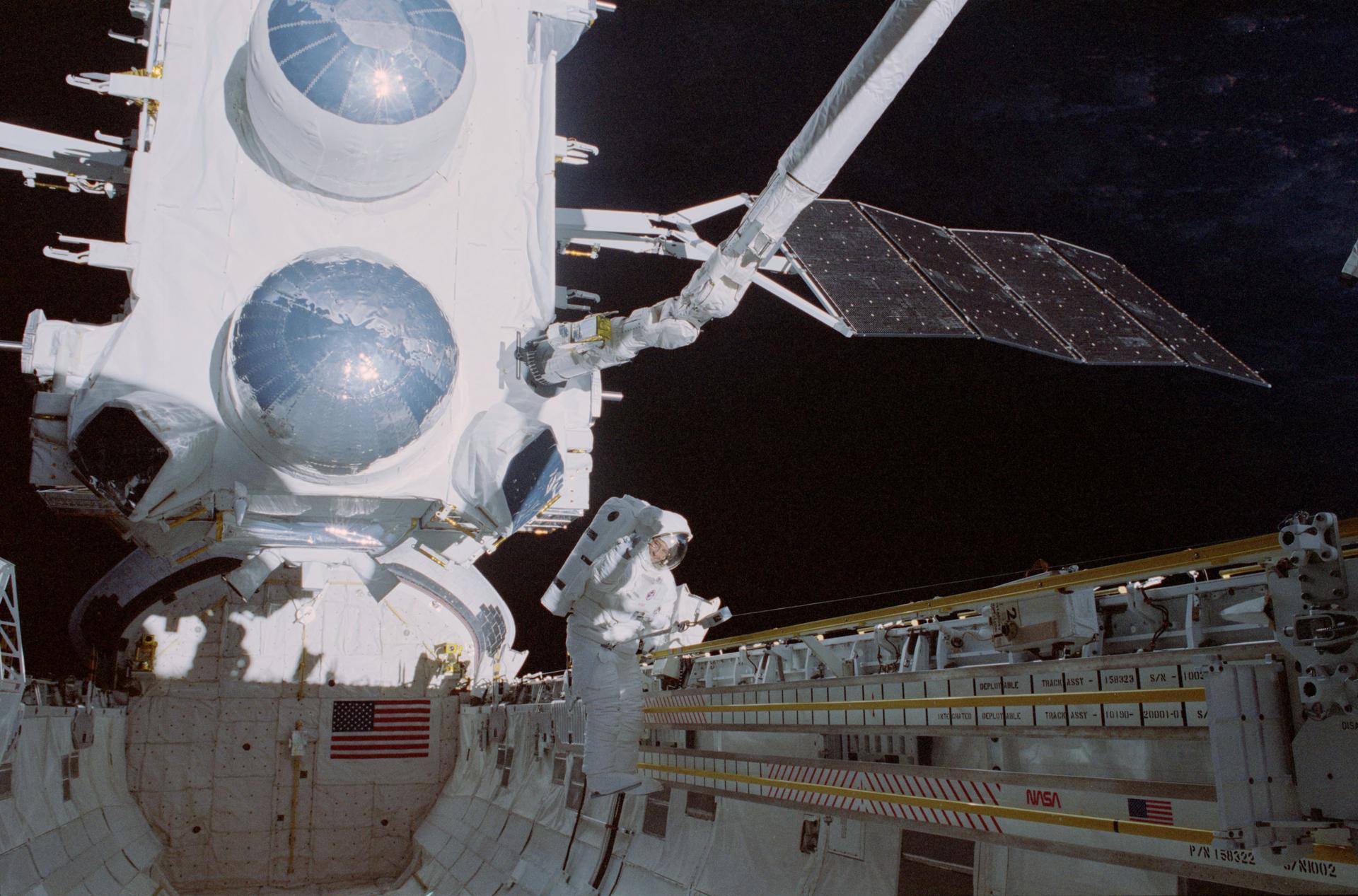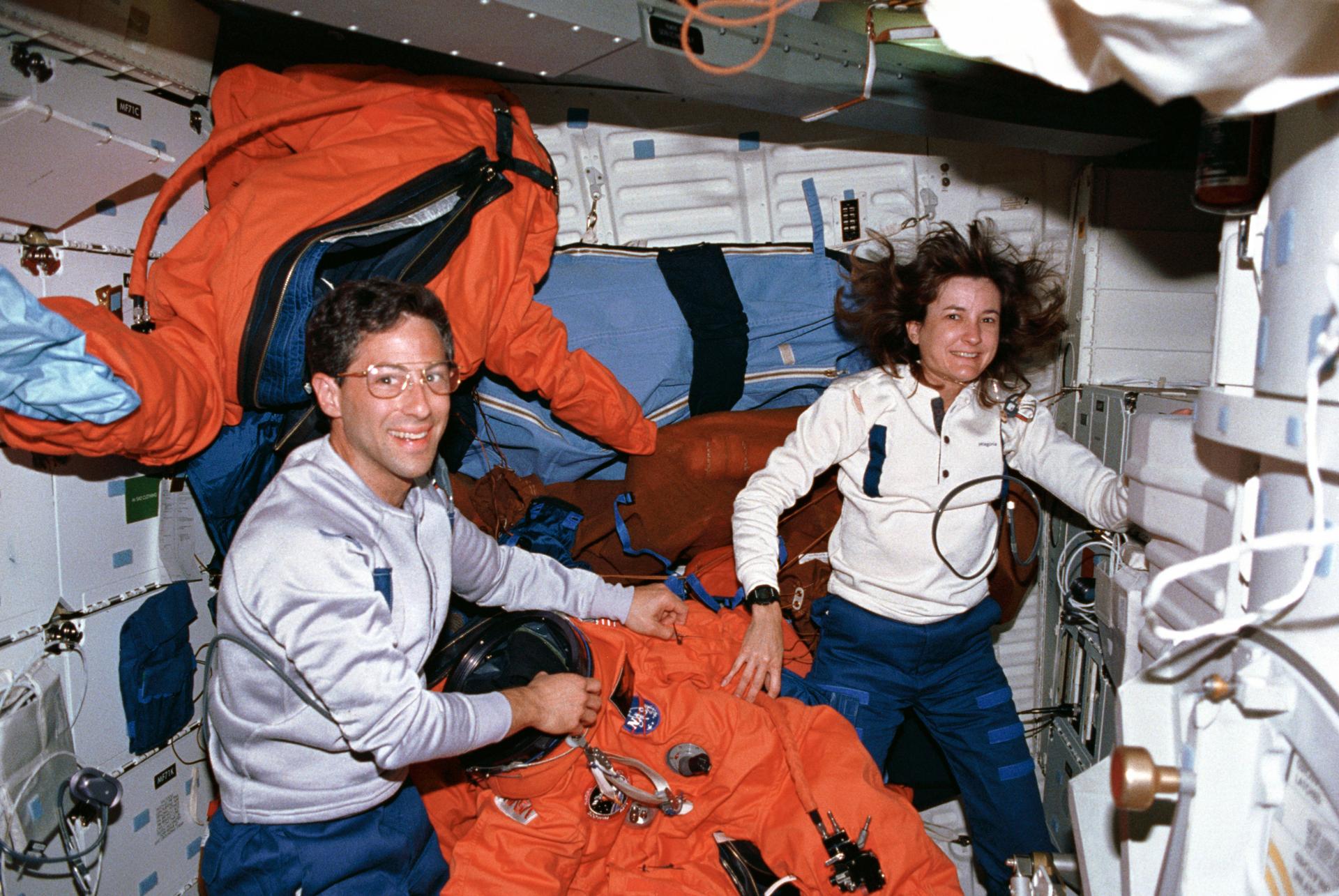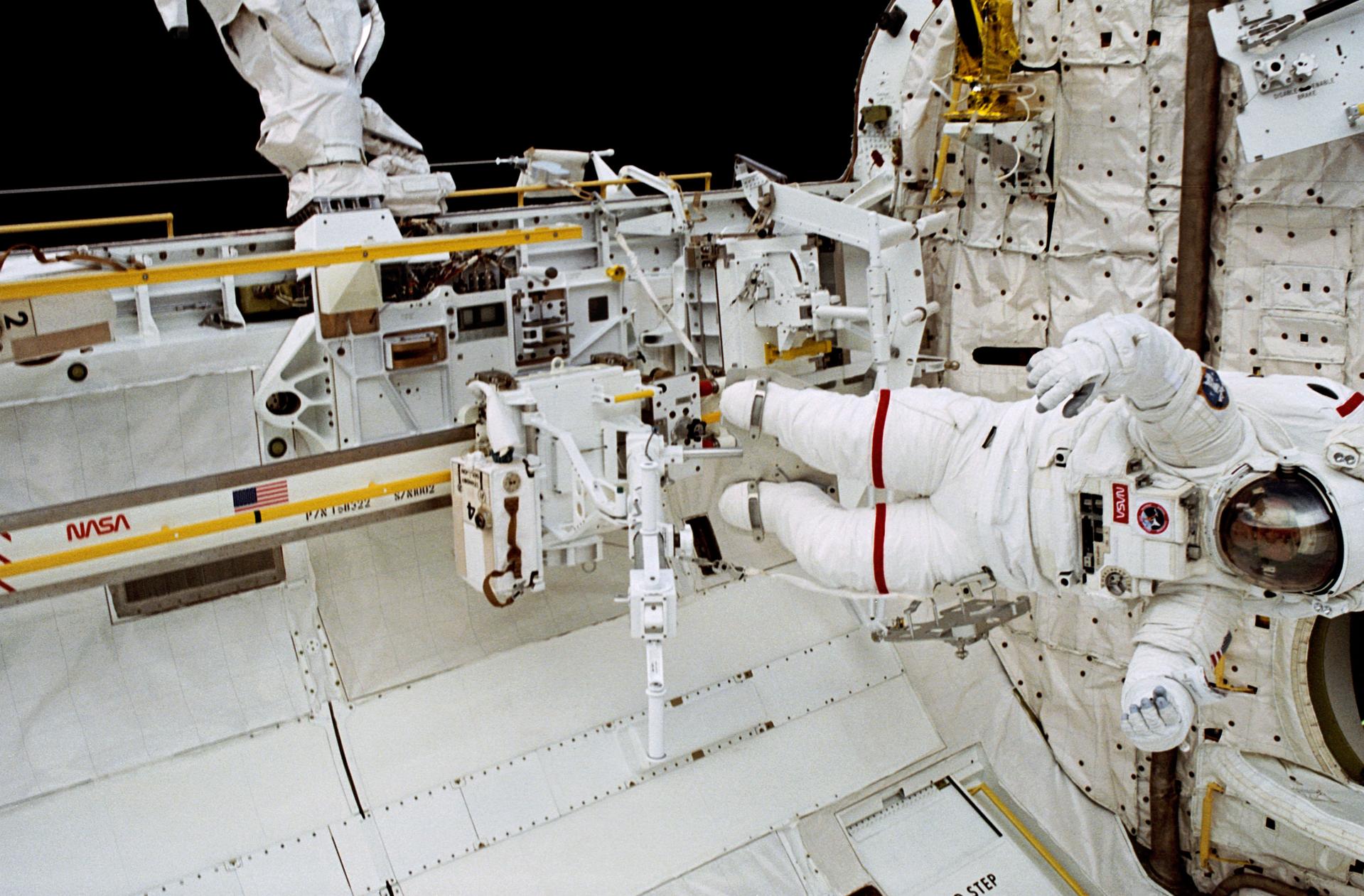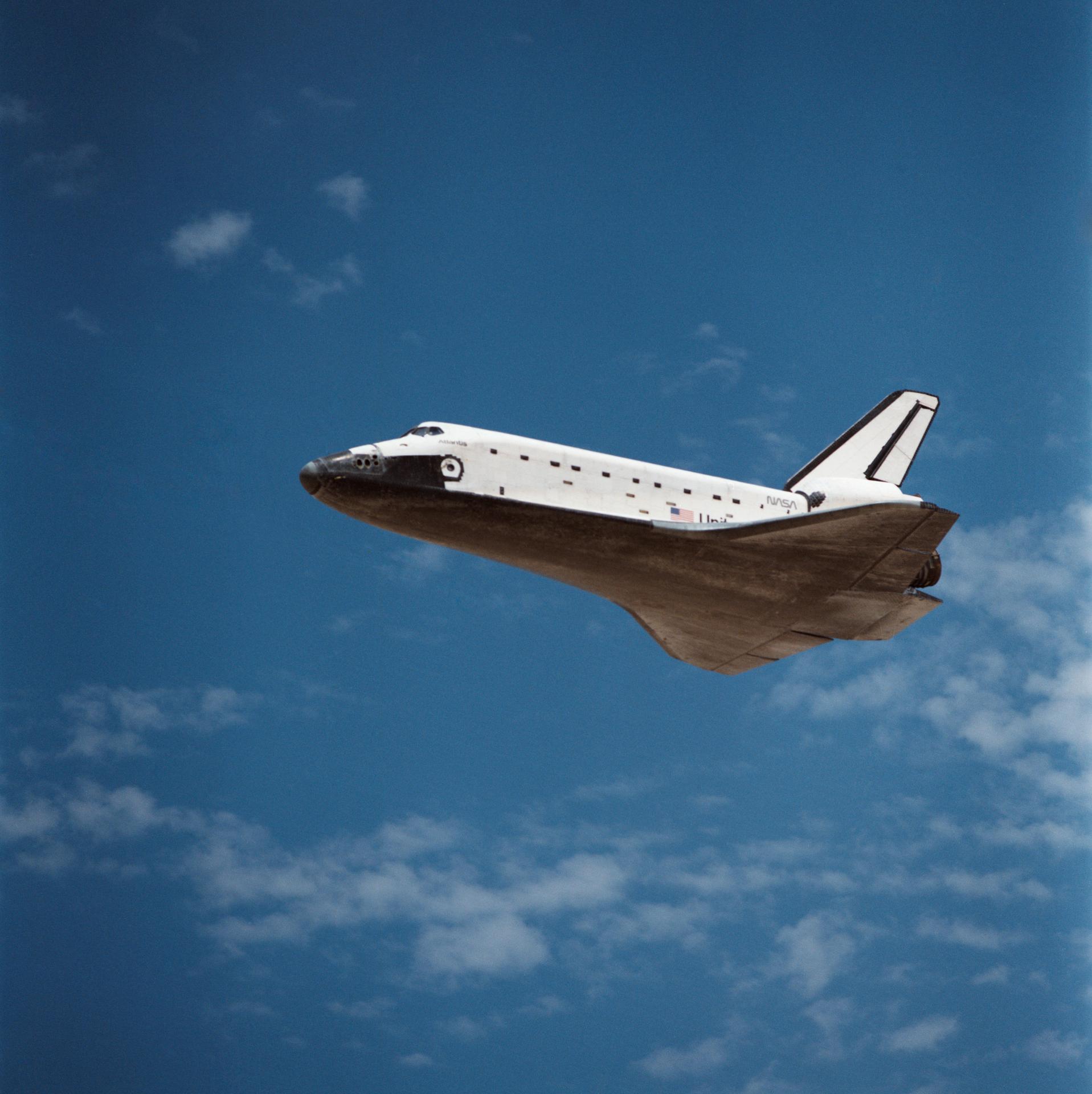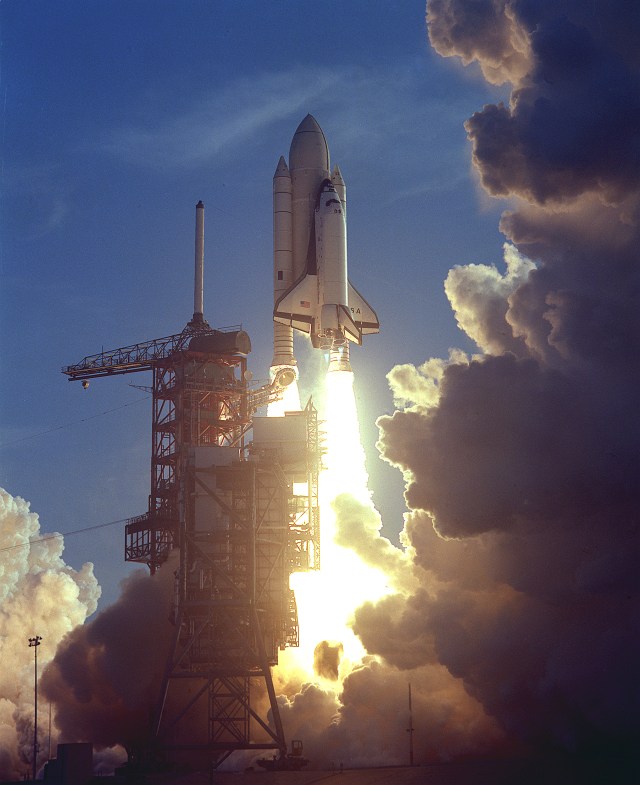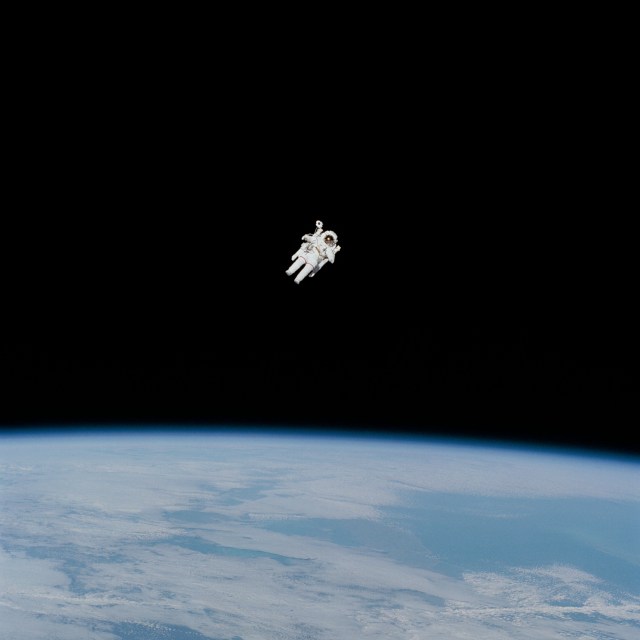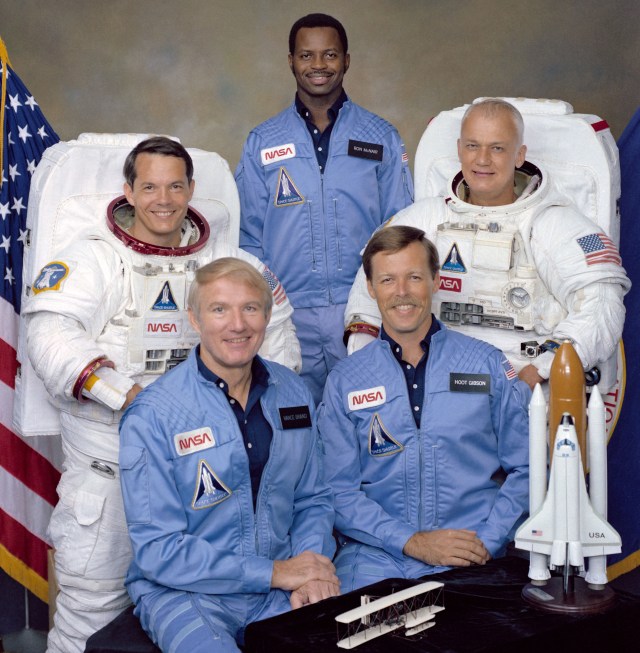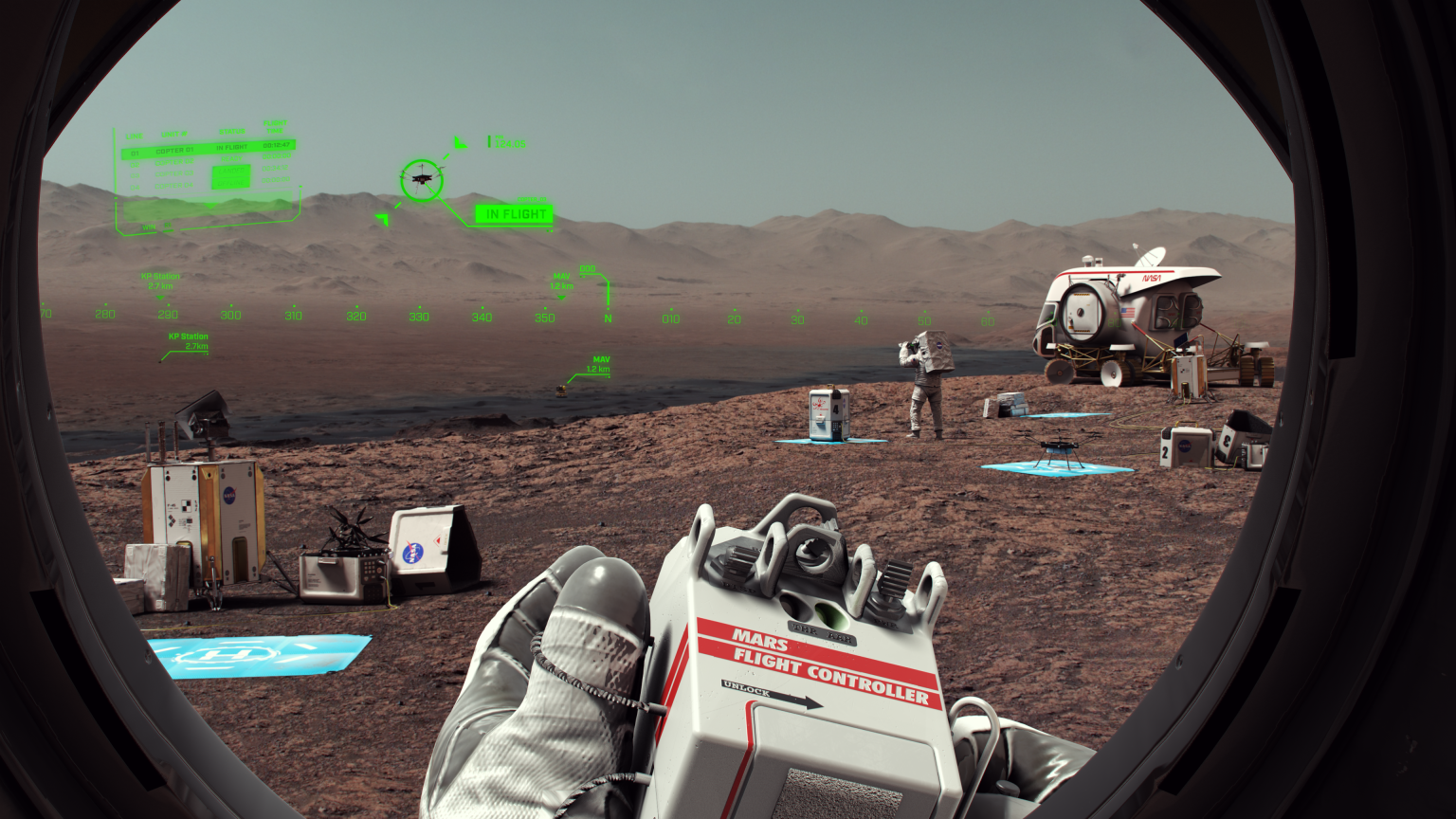
STS-37
STS-37 launched the Compton Gamma Ray Observatory (CGRO), the second of the Great Observatories program.
Orbiter
mission duration
Launch
Landing
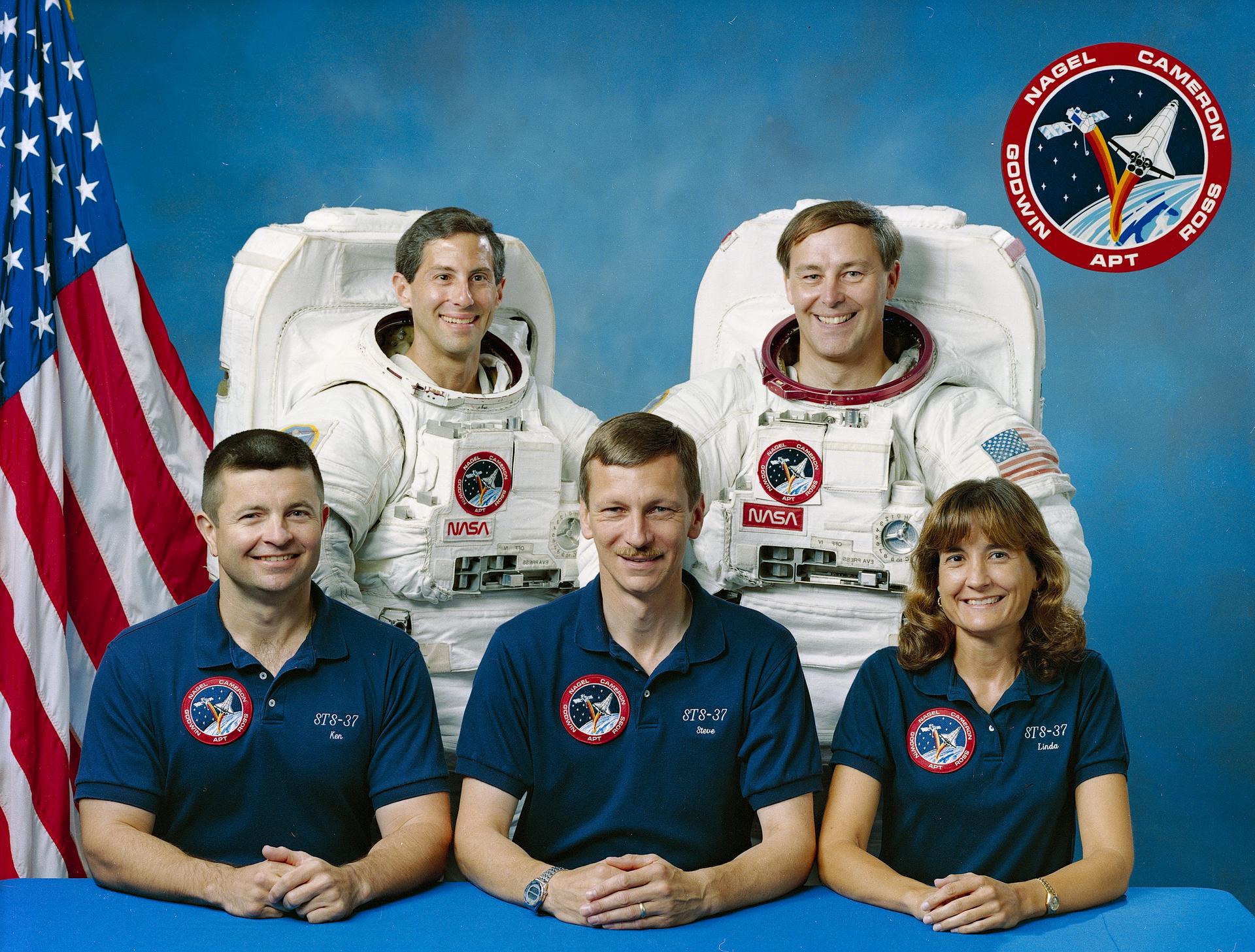
Mission Facts
Mission: Gamma Ray Observatory
Space Shuttle: Atlantis
Launch Pad: 39B
Launch Weight: 255,824 pounds
Launched: April 5, 1991, 9:22:44 a.m. EST
Landing Site: Edwards Air Force Base, Calif.
Landing: April 11, 1991, 6:55:29 a.m. PDT
Landing Weight: 190,098 pounds
Runway: 33
Rollout Distance: 6,364 feet
Rollout Time: 54 seconds
Revolution: 93
Mission Duration: 5 days, 23 hours, 32 minutes, 44 seconds
Return to KSC: April 18, 1991
Orbit Altitude: 248 nautical miles
Orbit Inclination: 28.45 degrees
Miles Traveled: 2.5 million
Crew
Steven R. Nagel, Commander
Kenneth D. (Ken) Cameron, Pilot
Jay Apt, Mission Specialist
Jerry L. Ross, Mission Specialist
Linda M. Godwin, Mission Specialist
Mission Highlights
The primary payload, Gamma Ray Observatory (GRO), was deployed on flight day three. The GRO high-gain antenna failed to deploy on command; it was finally freed and manually deployed by Ross and Apt during an unscheduled contingency space walk, the first since April 1985. The following day, two astronauts performed the first scheduled space walk since November 1985 to test means for astronauts to move themselves and equipment about while maintaining planned Space Station Freedom. The GRO science instruments were Burst and Transient Source Experiment (BATSE), Imaging Compton Telescope (COMPTEL), Energetic Gamma Ray Experiment Telescope (EGRET) and Oriented Scintillation Spectrometer Experiment (OSSEE). Secondary payloads included Crew and Equipment Translation Aids (CETA), which involved scheduled six-hour space walk by astronauts Ross and Apt (see above); Ascent Particle Monitor (APM); Shuttle Amateur Radio Experiment II (SAREX II); Protein Crystal Growth (PCG); Bioserve/instrumentation Technology Associates Materials Dispersion Apparatus (BIMDA); Radiation Monitoring Equipment III (RME Ill); and Air Force Maui Optical Site (AMOS) experiment.
STS-37
Shuttle News
Retired Space Shuttle Locations
Shuttle Atlantis – Kennedy Space Center Visitor Complex Shuttle Discovery – Steven F. Udvar-Hazy Center Shuttle Endeavour – California Science…
Read the Story



























